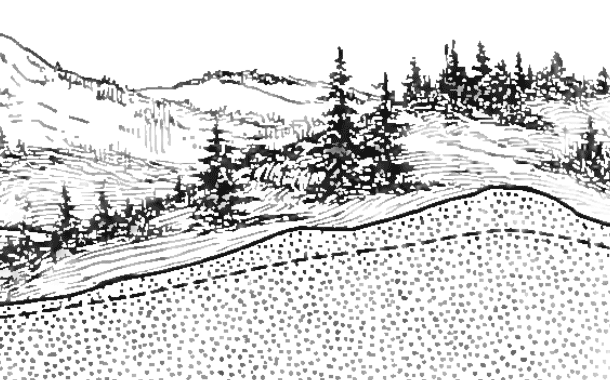<![CDATA[A recent study published in the open source online scientific journal PLOS ONE has suggested that long dry periods in Africa millions of years ago were instrumental in the evolution of the human species. Scientists working in the Olduvai sedimentary basin in Northern Tanzania discovered that there were active springs throughout the continent for thousands of years. Most surprisingly, they were active even when the Earth's shifting orbit caused reduced rainfall and dried up most of the planet's surface water. These springs played a decisive role in the survival and dispersal of hominins, distant ancestors of humans. Fossil discoveries of recent years have shown that humans evolved in Africa, then migrated out in waves around 1.85 million years ago. Based on marine and terrestrial discoveries, scientists speculate that there was a major tectonic shift during this period, causing rapidly shifting climates. The surface water in Africa dried up significantly, and hominins had to disperse to find drinking water in order to survive. The type of water that played a big role in the hominins' survival was groundwater. Groundwater is shielded from the sun and doesn't evaporate. Springs and other surface water areas dependent on groundwater therefore became crucial for hominin survival. The study was led by research fellow of the Connected Waters Initiative at University of New South Wales (UNSW) and University of Birmingham, Dr. Mark Cuthbert. He and his team observed geological evidence showing Earth's springs were active during the dry periods that occurred around 1.8 million years ago, the period so vital in human evolution and dispersion. Using several models, they determined that the springs, especially at Olduvai, could have stayed active for hundreds of years without rainfall. Scientists state that the hominins were one of the few species to survive because they were able to move freely from one place to the other. The springs such as the one at Olduvai, may have seen great competition from many animal species, and selective pressure would have favoured those who could force themselves on the water supply. Those who could not compete died out. The Olduvai sedimentary basin is thought to have been formed about 2.2 million years ago from a large volcanic complex in the Northern Tanzanian Divergent Zone. It has a huge area of 3,500 km. During the years of migration, the basin is thought to have alternated between 5 wet and 5.5 dry cycles. The drier periods had as little as 250 mm of water a year, while the wetter periods had about 700 mm a year. Cuthbert and his team speculate that during the wetter periods, these springs made it easier for hominins to find larger freshwater bodies like rivers, which facilitated the waves of migration out of Africa. The scientists stated that just as groundwater was important to the survival of our ancestors, it is equally important today, especially during drought periods. It is estimated that there are 2.78 million trillion gallons of groundwater throughout the planet. The United States utilizes 349 billion gallons of freshwater each day, but only 79.6 billion gallons, or 26%, is from groundwater, suggesting that a huge percentage of our groundwater supplies remain untapped.]]>
Ancestors' Search for Scarce Water Was Key in c
